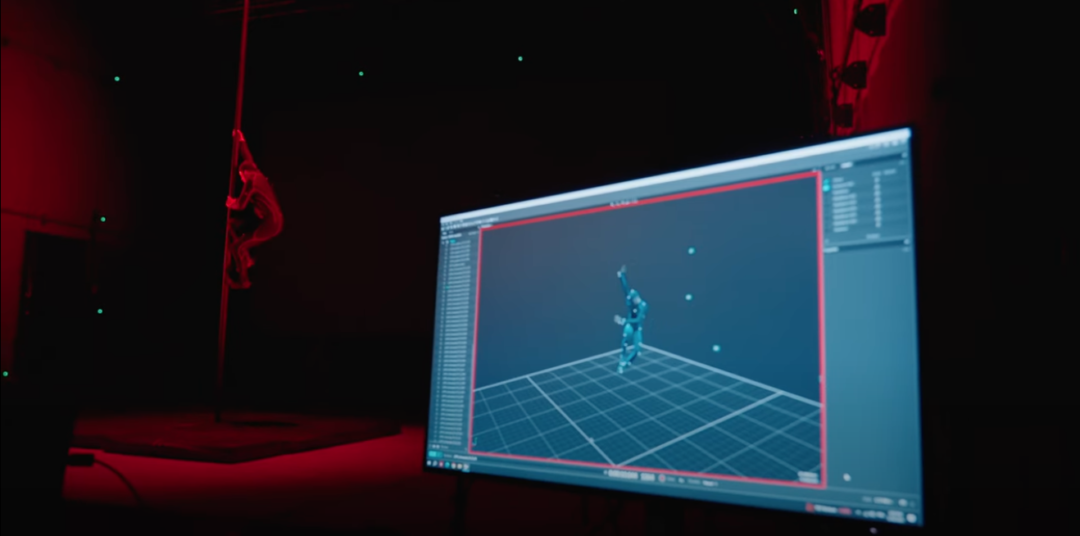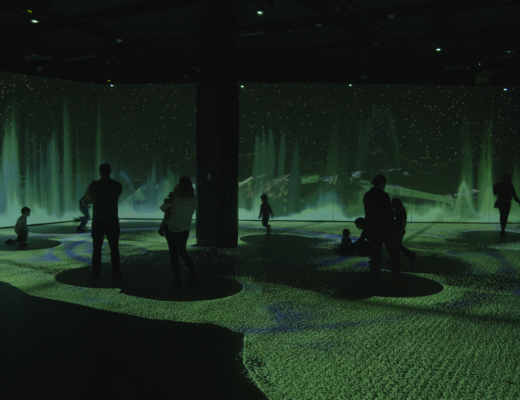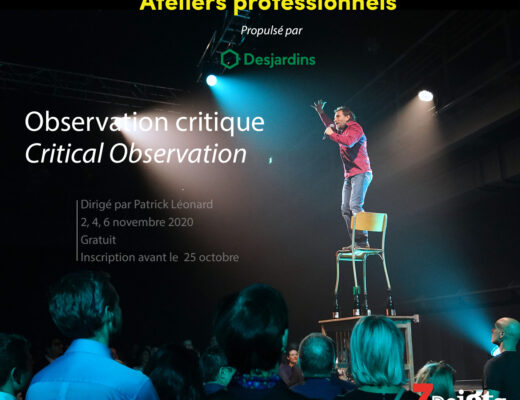Isabelle Domens, May 2023
Done in collaboration with our research partner CRITAC, our fifth laboratory was dedicated to evaluating and comparing different motion capture systems, and assess their performance on a selection of circus disciplines.
Researchers from the Centre de recherche, d’innovation et transfert en arts du cirque (CRITAC) at the École nationale de cirque (ENC) and the Centre de développement et de recherche en intelligence numérique (CDRIN) spent a week in our studios working with the LAB7 team. Students from the ENC performed series of movements in their disciplines: juggling, hand-to-hand, aerial fabric, aerial straps and Chinese mast. These movements were recorded in various motion capture systems.
We used the Optitrack system as a reference, knowing its data is reliable and robust. With our 24 cameras kit, together with the Motive software, LAB7 uses this system to obtain precise, high-quality data, even on particularly complex acrobatic movements.
We also recorded the same movements with three depth-of-field cameras. The objective is now to train their algorithm and improve its results on acrobatic movements. Amongst other techniques, the CDRIN team will use data from the Optitrack system to help improve the performance of these cameras.
We tested the Xsens system, which uses inertial sensors, a different type of motion capture. This type of sensor has the advantage of using a much smaller installation than the Optitrack system. But on the other hand, it is less accurate when looking at the person’s position in space or relation to other people and objects.
Finally, we used a small MOVE AI setup, with only 5 iPhones, to test this markerless MoCap system. The technology is very promising, especially as it uses very affordable hardware. This small setup does not, however, offer real time.




No Comments